Choosing the right breast pump can feel overwhelming with so many options available. Whether you're heading back to work, need occasional pumping flexibility, or have specific medical needs, finding the perfect pump for your unique situation is completely achievable. Let's walk through everything you need to know to make this important decision with confidence.
Understanding Your Pumping Options
Step 1: Decide Between Single or Double Pumping
Double pumping (pumping both breasts simultaneously) is a game-changer for most moms. Not only does it cut your pumping time in half, but it also better stimulates the hormones that support healthy milk production. If you're planning to pump regularly, this feature is definitely worth considering.
Step 2: Choose Your Pump Category
There are four main types of breast pumps, each designed for different needs:
Hospital-Grade Pumps are typically rental units that provide the strongest, most reliable suction. These are ideal if you're establishing milk supply for a premature or ill baby, or if you need maximum efficiency and power.
Personal-Use Electric Pumps are perfect for working moms who need consistent, reliable pumping throughout the day. These are your workhorse pumps that can handle daily use.
Battery or Small Electric Pumps offer great flexibility for working moms or occasional use. They're often more portable while still providing good suction power.
Manual Pumps are wonderful for occasional use, travel, or as a backup option. They're quiet, completely portable, and don't require any power source.
Key Features to Look For
Step 3: Check the Suction and Cycle Specifications
Your pump should mimic how your baby naturally nurses. Look for adjustable suction up to about 240 mm Hg and cycling around 48-50 times per minute. While pump packages don't always advertise these specs, they're important for comfort and effectiveness.
Step 4: Consider Your Lifestyle Needs
Think about where and how you'll be using your pump. Will you need something that fits in your purse for quick trips? Are you looking for a hands-free option you can wear discreetly? Or will you always have a dedicated pumping space? Your daily routine should guide your choice.
Step 5: Look for Power Flexibility
The best electric pumps offer multiple power options. Being able to plug in at work but switch to battery power when needed gives you incredible flexibility. Some pumps even offer manual operation as a backup – perfect for power outages or travel.
Safety and Practical Considerations
Step 6: Verify Safety Standards
Breast pumps are medical devices regulated by the FDA, so look for pumps that meet safety standards. Electric pumps should be UL (Underwriters Laboratory) rated, and quality pumps will automatically shut off if suction exceeds safe levels (around 240 mm Hg) to protect your breast tissue.
Step 7: Think About Daily Maintenance
Consider the cleaning routine that comes with your pump. Check if small parts are easy to handle and unlikely to slip down the sink. The pump should be simple to take apart and reassemble, since you'll be washing it with soap and water after each use.
Making Your Final Decision
Remember, the "perfect" pump is the one that fits your specific needs, lifestyle, and comfort preferences. What works wonderfully for your friend might not be right for you – and that's completely normal.
Consider factors like:
- How often you'll be pumping
- Where you'll primarily use it
- Your budget and insurance coverage
- Whether you prefer hands-free options
- How important portability is to you
Understanding the Basic Components
No matter which pump you choose, you'll work with these essential parts:
- Flange: The part that goes over your breast (proper fit is crucial for comfort)
- Connector: Links the flange to the tubing
- Tubing: Connects electric pumps to the motor
- Collection bottle: Where your expressed milk is stored
Getting the right flange size is especially important for comfort and milk output, so don't hesitate to work with a lactation consultant if needed.
Remember: If you have specific questions about pumping or breastfeeding, always consult with a qualified healthcare professional like your doctor, nurse practitioner, lactation consultant, or midwife.
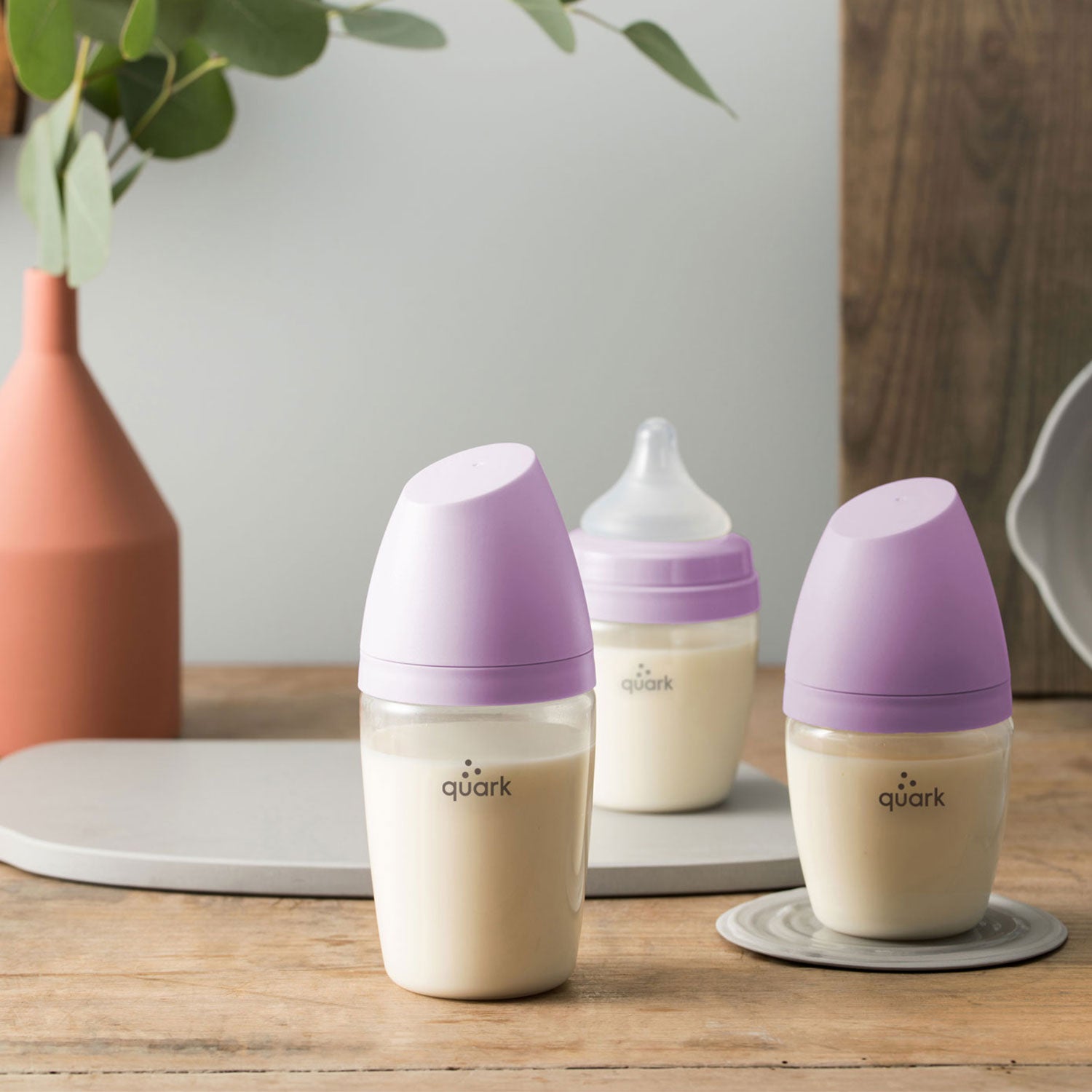




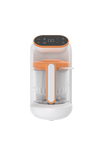
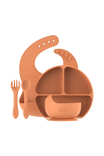
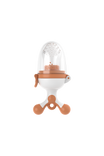
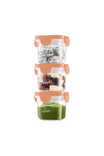
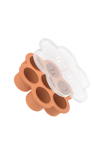
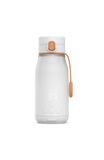
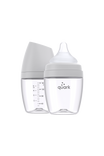
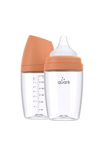
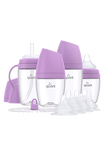
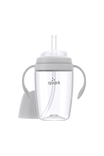
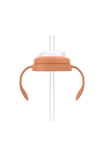
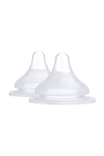
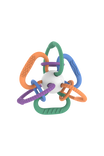
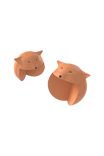



Laisser un commentaire
Tous les commentaires sont modérés avant d'être publiés.
Ce site est protégé par hCaptcha, et la Politique de confidentialité et les Conditions de service de hCaptcha s’appliquent.